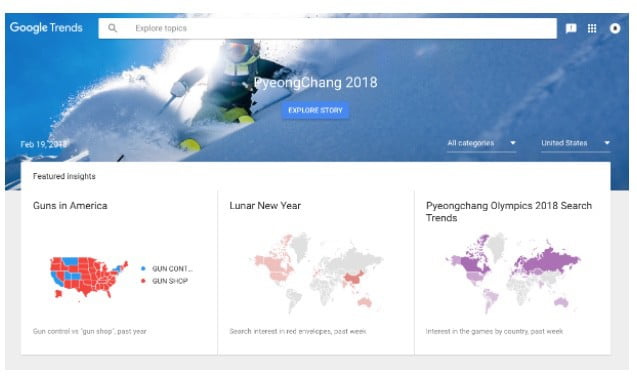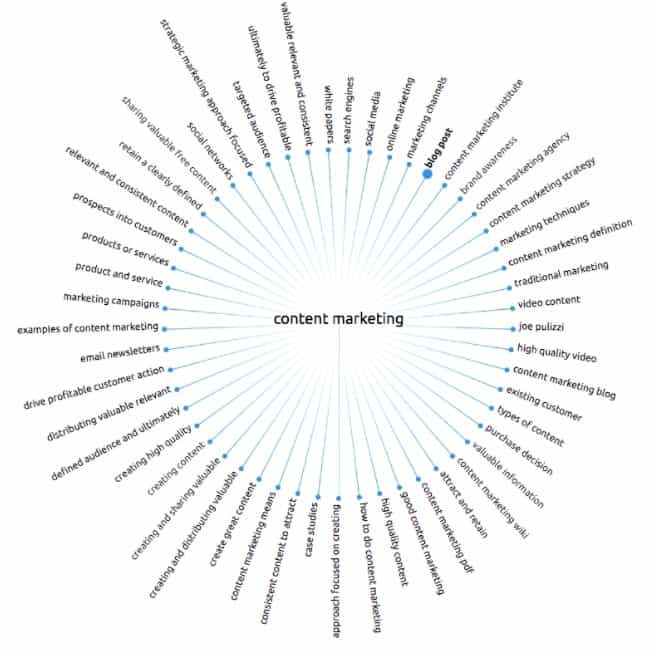Digital marketers are fond of saying “content is king”, but how do you come up with good content ideas? Let’s start at the beginning – what is an idea, how do we know if it’s good, and where do ideas come from?
What Is A Good Idea?
Essentially, a good idea delivers value to the audience, it solves problems; consider that before you start generating ideas. A lot of content is rushed out without much thought; simple keyword research and there is your idea. Repeating this over and over, eventually we get bland piles with no real value or relevance.
And while a good idea does not automatically make good content, bad ideas always waste resources.
So, what is the value of a good idea?
A good idea, whatever form it may take, is about solving customers’ problems, but having a good idea will actually solve a lot for you. The trick is don’t make it about yourself – think of the customer first. The logic is simple: if you bring value to your audience, your audience will return the favor. It takes time, but pays off.
Let’s establish the purpose behind your content.
Stepping out of the idealistic realm, we will say that it is about “sales”, “conversions”, “subscribers”, etc. But these are the goals of the marketing, these are the end results. Idea generation is the start, and that is where we need to go. Learn about about your audience, find out what pains they are having, and provide solutions.
Who are the people in your audience? I’ve put a hint in the question – they are people. And people love getting better at what they do. Educate them, better them, make them happier, and profitable results will not keep you waiting.
I’m not saying content ideation should be exclusively based on creativity and intuition, that’s just unreasonable and naive. We’ll delve into a more data-driven approach to weighing ideas later, but as a side note I’d like to add another characteristic of a good idea — it inspires. Inspiring topics are much more engaging, and besides, it takes much less effort to create something good out of an exciting idea.
How To Catch Ideas
Sharpen your pencil, dust off your notebook, get the sticky notes, your stress ball, your laptop, whatever else you need. Let’s get creative!
Actually… let’s start with something boring: competitor research. Why don’t we look up what’s already working to get the creativity flowing? Your idea doesn’t have to be new to be good. And it doesn’t have to be boring; don’t limit yourself. Google it, skim the top ones, get the gist, do it better.
Cross borders – good ideas don’t have to come from your industry, look to other industries for great ideas. Find overlapping topics, combine them to cover bigger audiences. Find new angles, make it interesting, make it deep and specific, target niches, experiment!
While you are googling your thing, make a note of related questions. There are plenty of ideas. Check out Google trends, see what online stores like Amazon show in the recommendations.
Your audience is made up of people, right? Go out and ask them about their problems! See if you have solutions. Brainstorm both offline and online, read comments on related topics, use Twitter and forums like Reddit or Quora. Send emails! Someone might care to answer.
Not every piece of content has to be evergreen. Make use of current events, hypes, holidays, seasons. If it doesn’t bring you new ideas, use it to spice up the ones you already have.
How To Vet Ideas
We’ve discussed what’s behind a good idea, but we still need a way to measure the value of that idea. Finding and evaluating should go hand in hand, and we need to establish some metrics to base our analysis on.
How can we predict if an idea will resonate with an audience?
The tricky part here is that we can’t assess an nonexistent piece of content, but we can scan the corresponding materials that are out there. There’s no need to reinvent the wheel when we can use existing tools and methods.
The first thing that comes to mind for content evaluation is customer engagement: number of subscribers, shares, comments, mentions, views, downloads, etc. The problem is, these numbers can skew the real picture since they do not necessarily represent the things that contribute to the goals of your business.
You can take time to figure out which are the best metrics for your business and the type of content you produce. Then go for an in-depth analysis of user behavior: bounce rates, time on page, user path, rate of conversions, or something else. Unfortunately, this info is buried deep within specific tools, and available only for your own pages. You’ll get swamped by the data and lose time.
But traffic always matters, right?
Well… a page with a lot of traffic does not automatically mean it has a resonating idea behind it, or that the traffic is relevant.
What else do we have in our analytical utility belt?
Backlinks! That’s the one. Being the prominent Google ranking factor, a large number of backlinks is a sign of quality content. People want to share it, which means its idea was good. Links are shared for related audiences, which means quality traffic. And the best part – we can count backlinks and get the metrics.
A Practical Solution
In this day and age there are plenty of marketing shortcuts. Not so much specifically for content ideation, but here’s one I recommend – Topic Research by SEMrush. It does pretty much everything we’ve discussed in an elegant and fun way.
Just type in anything and watch cards with related topics pop up. Each card shows headlines from the most popular pages on the subject. They are sorted by the number of backlinks, so you will get a clear picture.
Cards also include questions that people ask on the topic; you can even sort them by the question word. And of course, there’s a collection of Google’s related searches. You can click them to generate a new set of cards. How cool is that? Casually browsing ideas instead of fussing with data analysis, or rushing about aimlessly hoping for inspiration.
You can choose a specific location if you know where your audience is, and in a nice SEO manner sort out cards by search volumes or the level of promotional difficulty.
Switch the view to Mind Map to get a graphic representation:
Don’t go into strategic autopilot mode! Combine analysis, intuition and common sense. Take a step further, and create helpful content. Remember to bring value!



